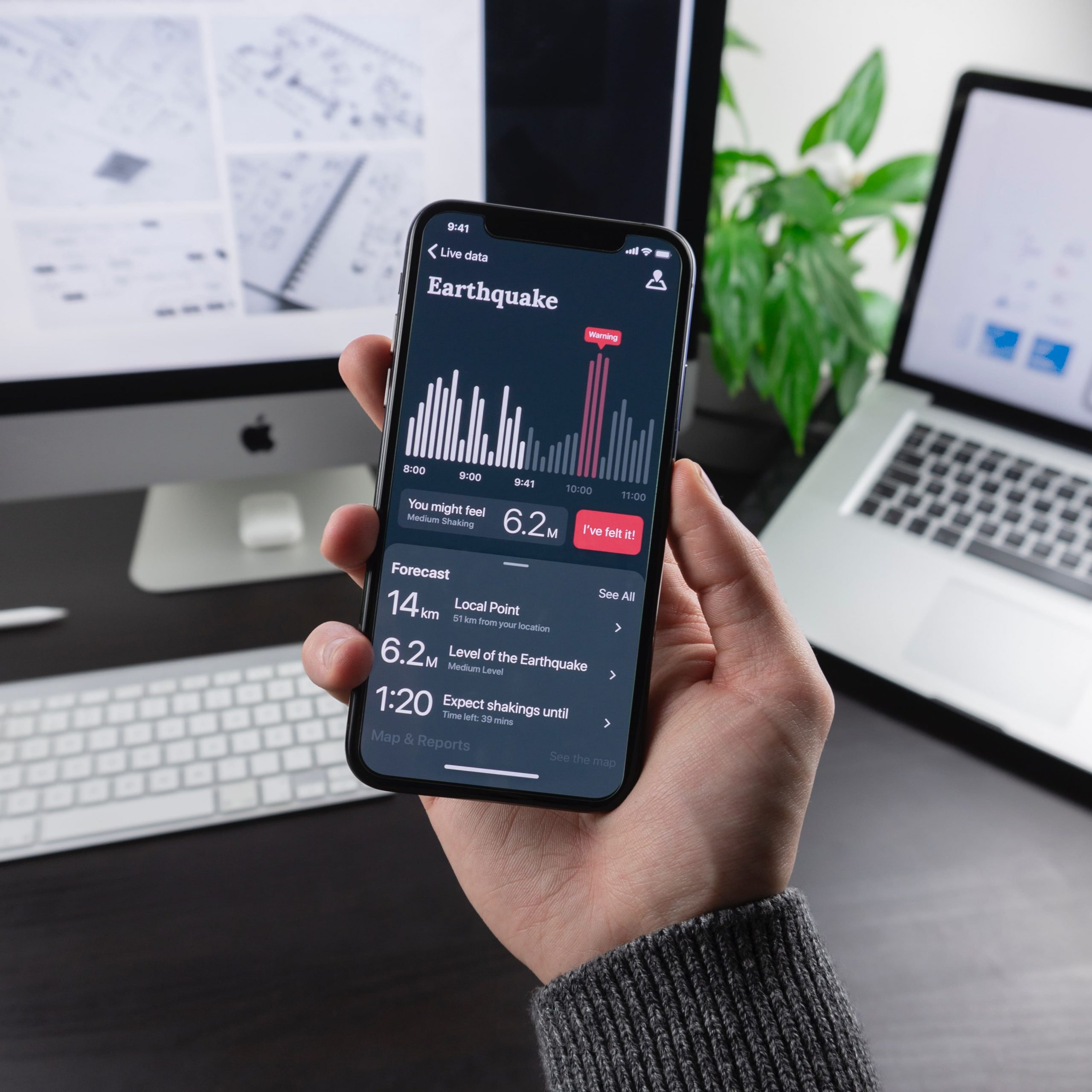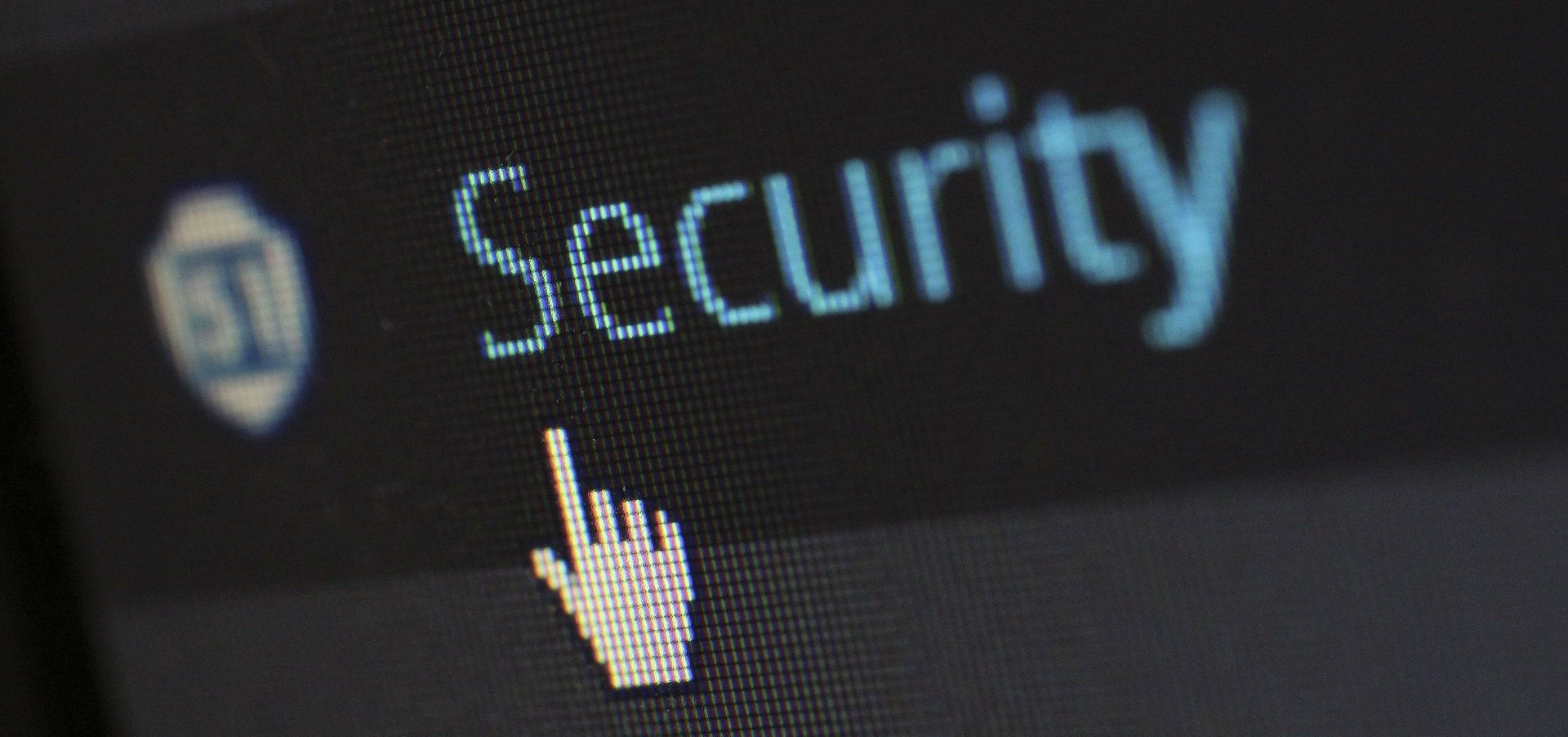
As soon as you start to be successful in business and bring your goods to the market, you risk counterfeiting your products. This is a challenge for all businesses, no matter what kind of business you run and how big or small it is. Online retail businesses are more exposed to the risk of their goods being counterfeited because there are fewer tangible barriers for online counterfeiters. So how can companies ensure product protection?
1. Using RFID Tags
RFID tags are small electronic devices that store information about a product’s supply chain, including where it was made and who handled it. They can be read from a distance without needing to be seen. Most importantly, to prevent counterfeiting, they can be personalized so that every product can have its unique code.
If you’re looking for a way to market yourself as an innovative business that takes care of its customers and cares about their safety, RFID tags could be the solution you’ve been looking for.
2. With Barcodes
Barcodes are incredibly useful, and they’re even more useful when you know how to use them. By learning how to use barcodes to protect products from counterfeiting, you can help ensure that your customers aren’t getting duped by fakes. And while it’s true that barcodes can’t stop counterfeiting entirely, they can help cut down on the number of fake products out there and make sure that your customers are receiving top quality.
3. Use of Code Locks
This product protection method involves embedding each product with a unique code that can be used to track it through the supply chain. The code can be in many forms, it could be a string of random letters and numbers, or it could be a more complicated system like a QR code or barcode. The codes are often printed on labels or tags, making them easier for distributors and consumers to read.
When a customer purchases a product with a code lock, they need to enter the code into an app or website before using it. If the code doesn’t match what’s stored in the app/website, they know they have counterfeit products on their hands.
4. Use of Authentication Centers
Authentication centers can detect whether or not a product is fake by using a combination of human and artificial intelligence. First, customer service representatives carefully examine the product, looking for signs that it might be counterfeit. Then their findings are passed on to AI software that uses machine learning to determine if the product is real or not. This approach is superior to other detecting counterfeit products because it combines the advantages of both human and artificial intelligence.
5. Blockchain Technology
Blockchain-based security measures work by encoding information onto a block, which is then encrypted by complex algorithms and added to a chain stored on every node in a network. Because it requires power and resources even to attempt replication, it’s rarely worth the effort to try. Its decentralized nature also makes tampering with it virtually impossible.
The security of blockchain technology is one of the most reliable ways of product protection from counterfeiting. More information in https://authena.io/product-protection/.



